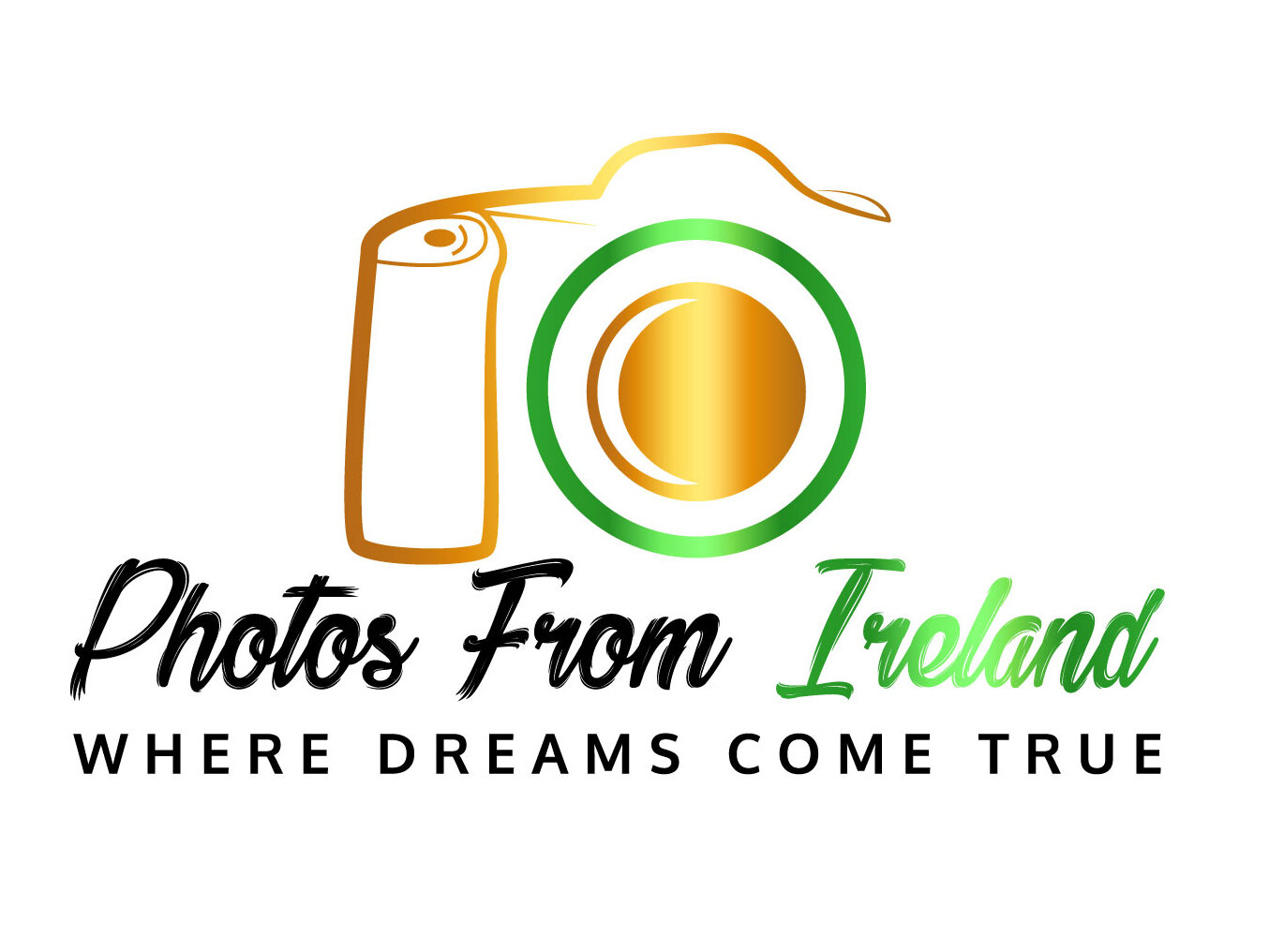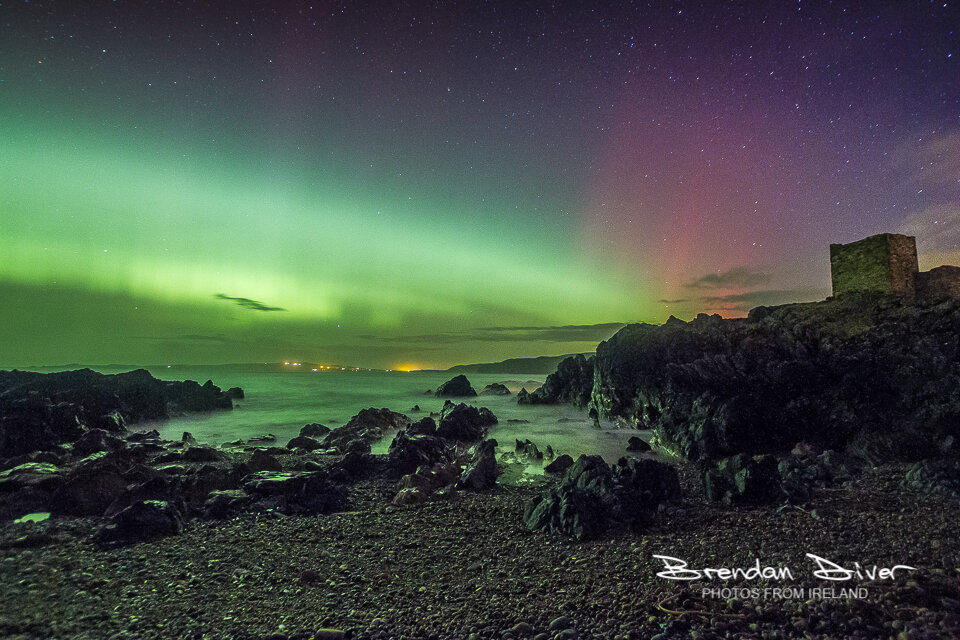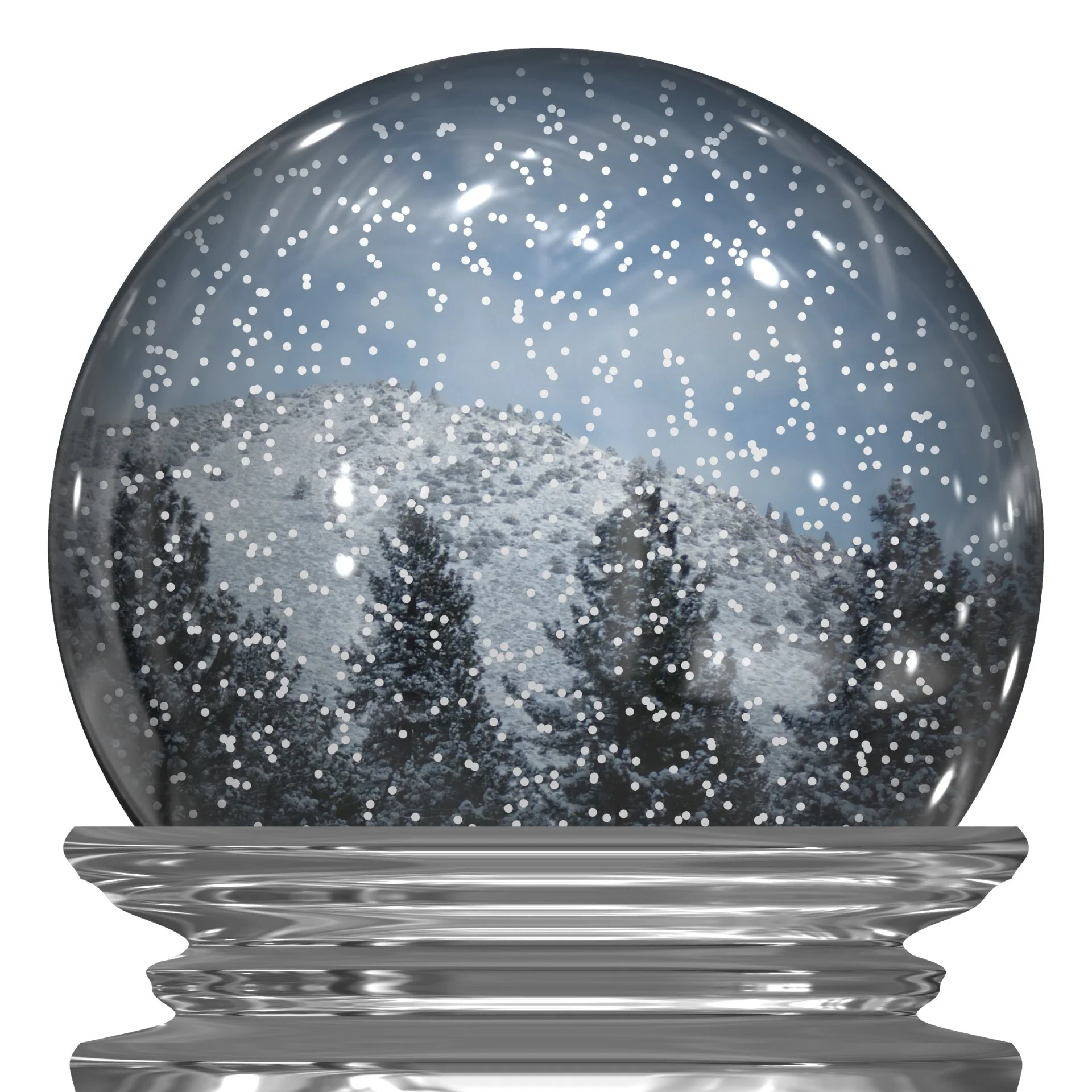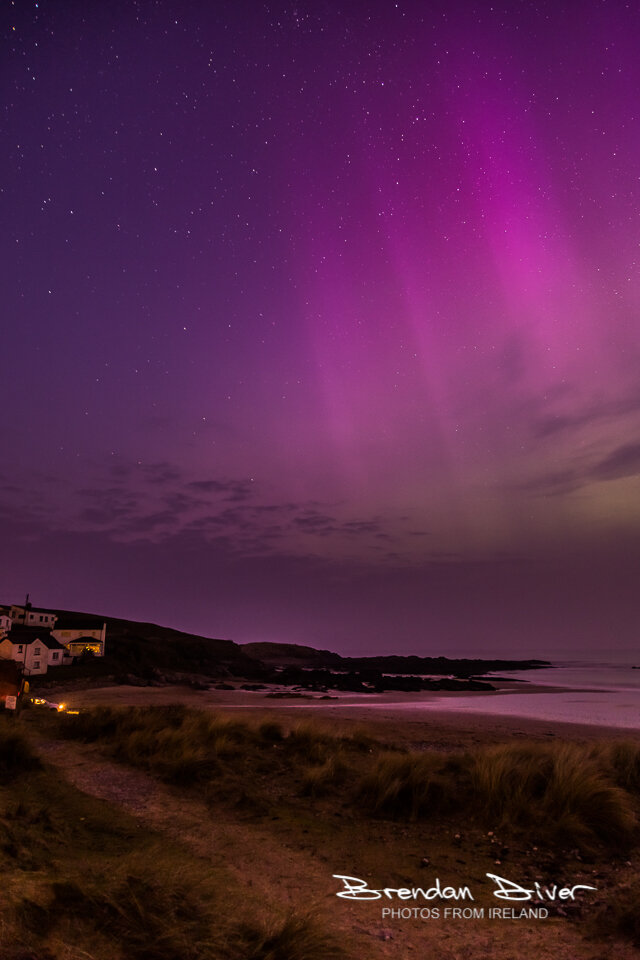Northern Lights - Aurora Borealis
One of my passions I would even say its a photography addiction is photographing the Northern Lights or the Aurora Borealis as they are sometimes known as. I am lucky to live in one of the best places in Ireland right here in Co. Donegal to see and capture them on camera.
I am often asked what exactly are the Northern Lights - Aurora Borealis? Let me explain.
What are the Northern Lights
The Northern Lights are the result of electrically charged particles from the sun colliding that enter the earth's atmosphere. The skies above the magnetic poles of the northern and southern hemispheres are where they can be seen. In the northern hemisphere they are known as 'Aurora Borealis' and 'Aurora Australis' in the southern hemisphere.
These beautiful lights shows have many different shapes and colours with greens, yellows and some pinks most often seen. Different shades of red, yellow, green, blue, and violet have been seen and I have seen them take many different shapes from giant curtains, to gentle arcs and rays that shoot up into the sky.
Gaseous particles in the Earth's atmosphere collide with electrically charged particles released from the sun's atmosphere. The different colours that can be seen depend on the type of gas particles that are colliding. The most common auroral color, a pale yellowish-green, is produced by oxygen molecules located about 60 miles above the earth. Rare, all-red auroras are produced by high-altitude oxygen, at heights of up to 200 miles. Nitrogen produces blue or purplish-red aurora. The most common ones that I have seen here in Donegal have been greens, yellows, pinks and reds.
Where are the best places to see the Northern Lights - Aurora Borealis
You have a better chance seeing the Northern Lights the further north you go, for example Co. Donegal is going to give you a better chance than say if you were living in Cork. You need to go somewhere dark, very dark, with no light pollution, you need to have weather conditions that have clear skies bit very little if any moonlight as these factors can all affect your chances of seeing them. My favourite place is Inishowen in Co. Donegal where I live as I am living right up at the top of the country with very dark skies and little to no light pollution.
How can you tell when they will happen?
This is difficult to do but there are a few things you can do to increase your chances of seeing them. First of all look at the weather forecast for where you are planning to go to and if you have clear skies with no rain or bright moon light your chances are better. Next thing to check is the Kp readings, what is that you ask? The Kp number is a system of measuring aurora strength. It goes from 0 to 9 (0 being very weak, 9 being a major geomagnetic storm with strong auroras visible).
Video below shows a time lapse that I created several years ago of the Northern Lights.
So when your looking at the aurora forecast page, you want to see high Kp numbers. The higher the better. Anything above (and including) Kp5 is classed as a geomagnetic storm. A good explanation can be found at http://www.aurora-service.eu/aurora-school/all-about-the-kp-index/
Another website that I use is http://softservenews.com/ now here is where I have got caught out in the past and I learned the hard way. Generally if you get a Kp reading over 4 you will have a decent chance if everything I have mentioned previously lines up, but there is another factor that comes into play.
Real Time Bz
Bz is the solar wind's magnetic orientation in the up/down direction. Although an Aurora can happen with a positive Bz, a negative Bz is generally better. A negative Bz helps the solar wind grab the earth's magnetic field which can more easily lead to an Aurora. So a negative Bz is good. The more negative the better.
Each number in the diagram below represents a rolling 5 minute average of the Bz taken along the length of the solar wind stream. This data comes from a satellite about 1 million miles from earth. These 5 minute stream segments are all headed towards earth. They should arrive in 20 to 40 minutes. They are given in the order they'll hit earth, with the first 5 minute average hitting first. Think of each number representing a 5 minute long cloud of solar wind speeding towards earth. Remember, it's best for Bz to be negative, and the more negative, the better.
OK let’s look at it another way, imagine the earth encased by one of these Christmas snow globes below.
This protective snow globe around the planet weakens and strengthens all the time. So let’s say we have a Kp reading of 9 but the Bz reading is +10 this means although we have a really good strong aurora we also have a really strong protective barrier around the planet protecting us from what’s coming from outer space which also included the aurora. Our chances now of seeing a display are going to be very slim. Now at the other extreme let’s say we a Kp reading of 3 and a Bz reading of -25 although the Kp is only 3 we would normally only pick this up on the camera and not by the naked eye but because we have practically have no barrier around the globe we could have a very good strong display. What you ideally want to have is a good high Kp reading and a negative - Bz reading together then your chances of seeing a really good display really increase. Be warned though you really only get approx thirty minutes warning if there is a good chance of a display and even at that it can die away all of a sudden.
What camera equipment and settings do I need?
People think you can only see the aurora on a camera but the fact is if you get a strong enough display you will see this with your naked eye. You don’t need any special filters but what you will need is a DSLR camera, wide angle lens that you can shoot wide open for example F/2.8, a strong sturdy tripod, remote shutter control either wireless or a cable release, fully charges batteries and spare memory cards. My normal go to settings for photographing the Northern Lights are shooting at F/2.8, shutter speed 20 seconds and ISO at 800. I adjust these according to the display, in fact I always shoot at the same F stop and never increase the shutter time or else your stars will not be as sharp they will begin to blur due to the earth’s rotational movement, in fact if I get a really powerful display I will decrease the shutter speed. I adjust my ISO according to the nights display.
You will also needs loads of patience and good luck to see them and it’s a good idea to go to the location in daylight to see is there any hazards that you can fall or trip over that you may not be aware off when it gets dark. Always tell a friend where your going and what time you expect to be home at as well and if you are near the coast please be very careful of incoming tides and slippery rocks.
Check out some of my images that I have taken over the years here locally in Co. Donegal below and you can also purchase them at www.photosfromireland.com/northernlights we also do photography tours and workshops at night and day as well.
Any questions please feel free to get in touch we would be more than happy to hear from you.











